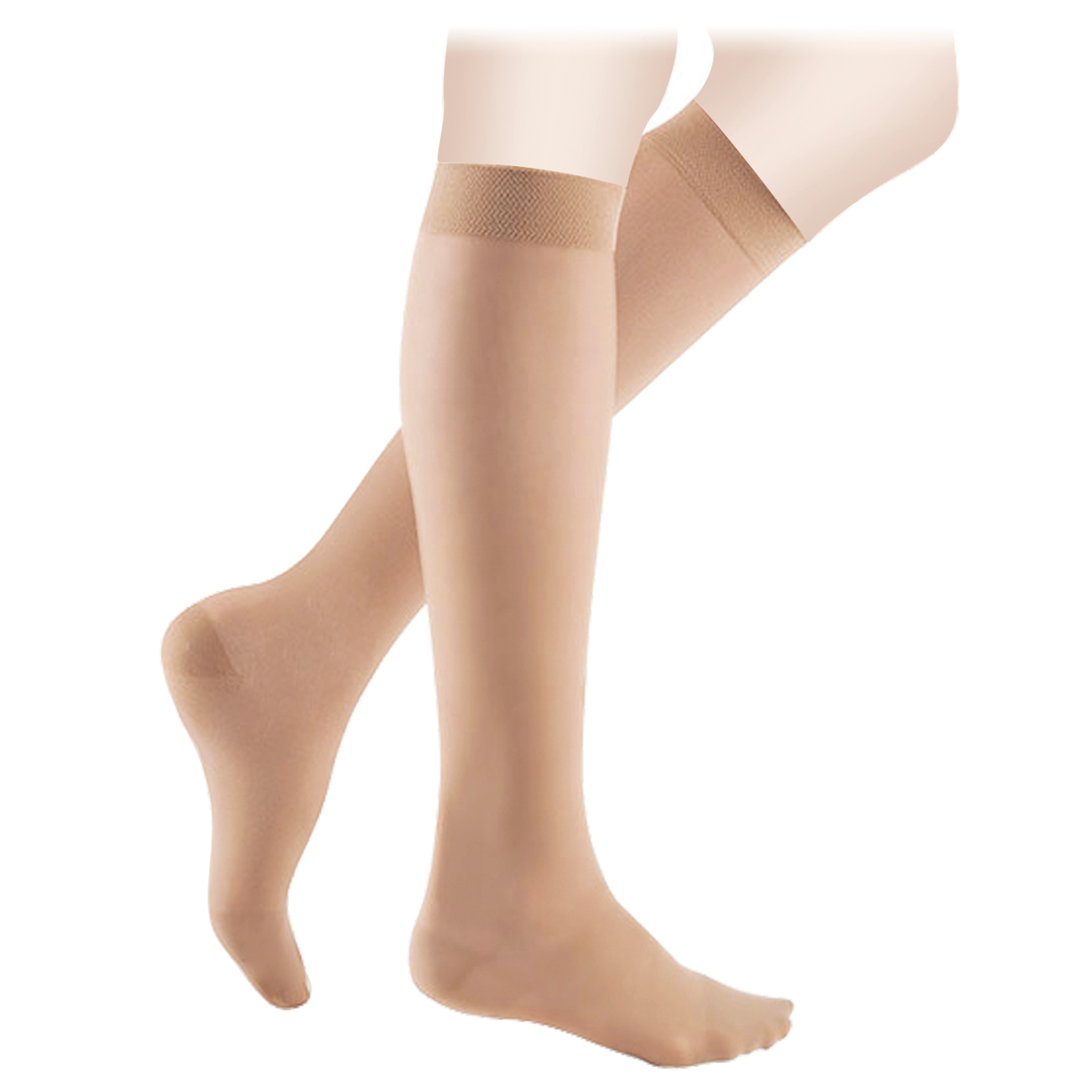Treating Varicose Veins At Home: What You Should Know
With more than 40 million people suffering from the pain and embarrassment that comes from living with varicose veins, you may be wondering: can anything be done to manage these negative effects at home, or is professional intervention the only solution for varicose veins? Fortunately, the knowledgeable team at Vascular Institute can help. Here’s what you should know about treating varicose veins at home before scheduling a consultation with one of our trusted providers.
Varicose veins can indicate that veins aren't working as they should. While healthy veins perform as one-way valves that prevent blood from flowing in the opposite direction, blood collects in varicose veins rather than continuing to push it to the heart. When this occurs, the veins enlarge and become visible. Because of the combination of gravity's pull as well as their location being the farthest away from the heart, the veins in one's legs are more prone to develop varicose veins than other areas of the body. Some factors that can contribute to the formation of varicose veins include:
Go Back What Causes Varicose Veins?
Varicose veins are enlarged, twisted veins that can be located anywhere on a person's body, but are most commonly visible on one's legs. They occur when a vein becomes over-filled with blood and, as a result, appear swollen. For most people, varicose veins are merely a cosmetic concern, however, they can sometimes cause pain, discomfort, or more serious complications.Varicose veins can indicate that veins aren't working as they should. While healthy veins perform as one-way valves that prevent blood from flowing in the opposite direction, blood collects in varicose veins rather than continuing to push it to the heart. When this occurs, the veins enlarge and become visible. Because of the combination of gravity's pull as well as their location being the farthest away from the heart, the veins in one's legs are more prone to develop varicose veins than other areas of the body. Some factors that can contribute to the formation of varicose veins include:
- Pregnancy
- Jobs that require you to stand all day
- Age (people over 50 are more likely to develop them)
- Obesity
- Lifestyle
- Genetics
Symptoms of Varicose Veins
Varicose veins can present several common symptoms, including:- Visible veins that are blue, purple, or dark red
- Veins that appear to be bulging, twisted, or misshapen
- A heavy feeling in one's legs
- Aching, throbbing, or swelling in one's lower legs
- Increased pain after prolonged periods of sitting or standing
- Skin discoloration around the vein
- Itching around the vein
Can You Treat Varicose Veins at Home?
In some cases, managing and improving the negative effects of varicose veins can be achieved at home. To reduce the appearance and discomfort caused by varicose veins, try these simple tips:- Exercise: Incorporate low-impact exercises, such as swimming, yoga, and walking, into your routine to promote healthy blood circulation through your legs.
- Compression: Wear compression socks or stockings with a pressure of 200 to 30 mmHg to reduce the aches and pains in your lower legs.
- Elevation: Break up long periods of sitting or standing by elevating your legs to the same height as your heart to promote efficient blood circulation.
